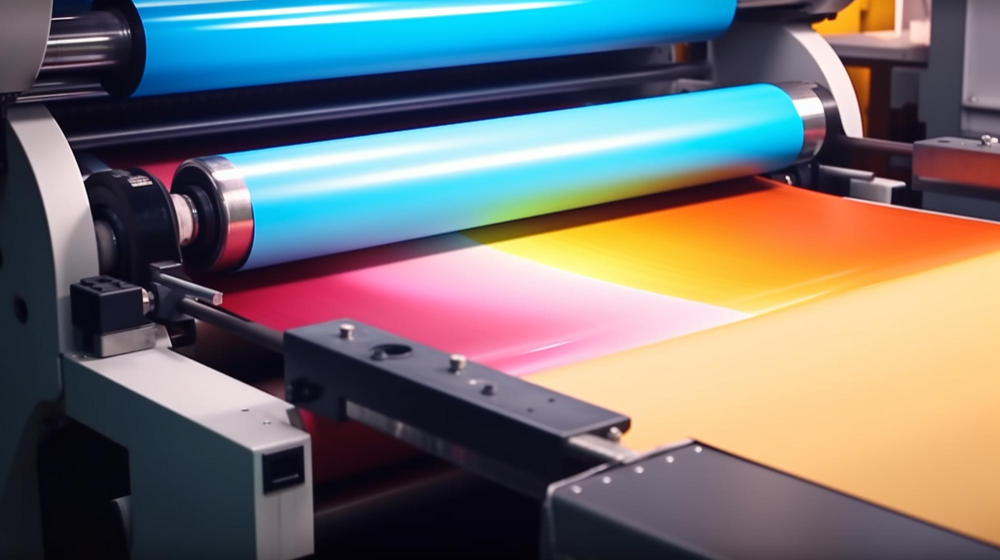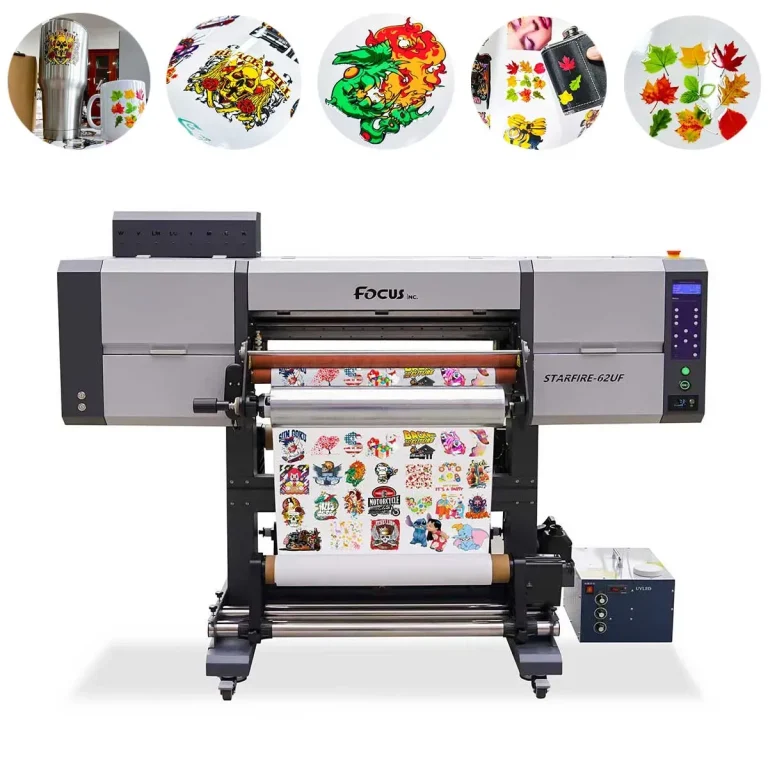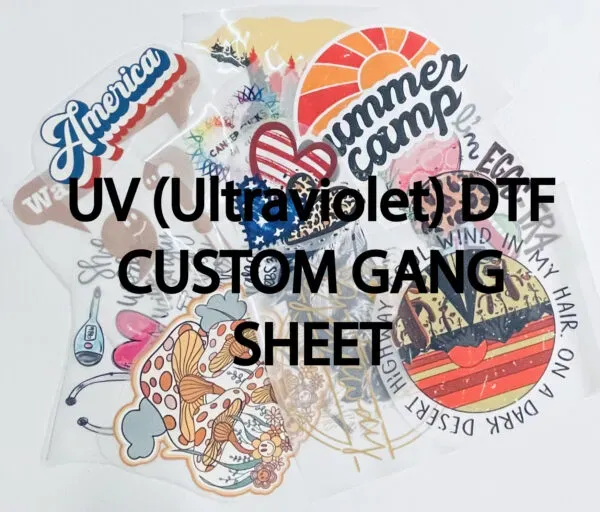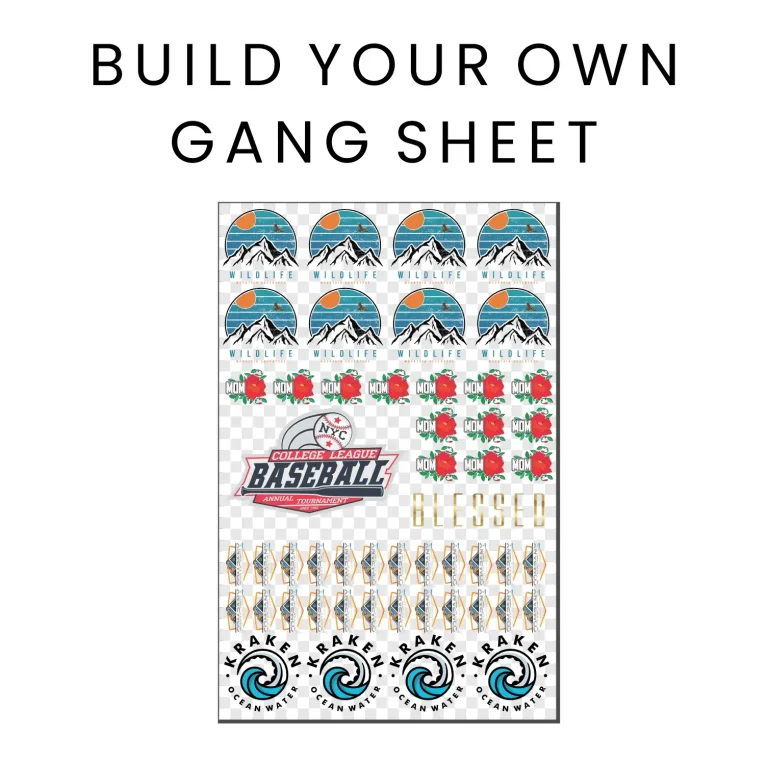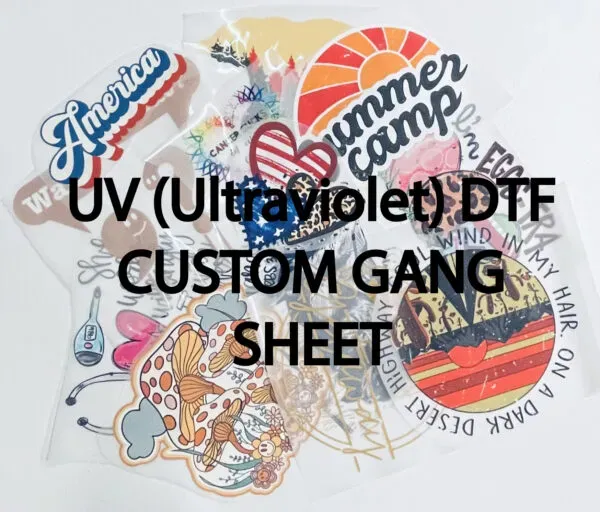DTF printing, or Direct-to-Film printing, has revolutionized the textile printing landscape by offering versatile and high-quality output that caters to both commercial and custom projects. Unlike traditional printing methods such as screen printing and direct-to-garment (DTG) printing, DTF printing utilizes a specialized film transfer process that provides vibrant colors and sharp details, regardless of the fabric type. This innovative technique enables businesses and designers to create unique custom printing solutions effectively, making it ideal for fashion brands and personalized merchandise. As DTF continues to gain momentum in the industry, it’s essential to understand its advantages over conventional techniques and how it can enhance your brand’s appeal. Whether you’re looking for durable apparel or striking graphics, DTF printing is poised to deliver exceptional results that stand the test of time.
Also known as Direct-to-Film printing, DTF technology has emerged as a promising alternative to established textile printing methods like screen printing and direct-to-garment (DTG) printing. This advanced approach allows for printing intricate designs on film before transferring them onto various materials, ensuring vibrant color and detail. With the growing demand for personalized apparel and custom projects, alternatives to traditional printing methods are becoming increasingly popular among designers and businesses. Furthermore, DTF printing excels in producing high-quality results for short runs, making it an attractive option for nimble brands wishing to stand out in a competitive market. Understanding these alternatives is key to leveraging the best printing solutions tailored to your specific needs.
The Evolution of Textile Printing Technologies
In the last few decades, textile printing has undergone a significant transformation, moving from traditional methods like screen printing to more contemporary techniques such as Direct-to-Film (DTF) printing. This evolution has been driven by advancements in technology that allow for more intricate designs, quicker turnaround times, and improved color accuracy. The rise of DTF printing signifies a shift towards a more versatile and efficient process that can cater to a variety of fabric types, thus expanding creative possibilities for designers and brands.
As consumers demand more personalized and custom apparel, the textile printing industry has had to adapt to these needs. DTF printing, for instance, allows for small runs of high-quality prints that were previously unachievable with traditional screen printing methods. This change marks a new era in textile printing, where the ability to produce unique and vibrant designs can make a significant difference in brand positioning and market appeal.
Frequently Asked Questions
What is DTF printing and how does it differ from traditional printing methods?
DTF printing, or Direct-to-Film printing, is a modern textile printing process that prints artwork onto a special film, which is then transferred onto garments using heat and pressure. Unlike traditional printing methods like screen printing and direct-to-garment (DTG) printing, DTF printing offers vibrant colors and intricate designs while being suitable for a variety of fabric types. It is particularly effective for custom prints and smaller runs.
How does DTF printing compare to screen printing in terms of durability?
When comparing DTF printing to traditional screen printing, DTF prints are generally more durable and less likely to crack or fade over time. This makes DTF an excellent choice for garments that will withstand repeated washing and wear, such as activewear and custom t-shirts, while screen printing excels in bulk production and is known for its long-lasting quality.
What are the advantages of using DTF printing for custom apparel?
DTF printing provides several advantages for custom apparel, including the ability to produce vibrant and colorful designs, the flexibility to print on various fabric types, and the capability to print intricate details. It is especially beneficial for smaller orders or unique items where detailed graphics are required, making it ideal for businesses focusing on custom printing.
Can DTF printing be used for bulk orders like traditional screen printing?
While DTF printing can technically handle bulk orders, traditional screen printing remains the preferred choice for large-scale production due to its lower cost per print in high-volume situations. DTF printing, however, is growing in efficiency, making it a viable option for medium-sized runs with high-quality requirements.
Is DTF printing environmentally friendly compared to traditional printing methods?
DTF printing is emerging as a more environmentally friendly option due to advancements in printing technologies and inks that reduce waste and chemical use. Though traditional methods like screen printing have also adopted eco-friendly inks, DTF’s precision and reduced setup time often lead to less overall waste in production.
What industries are best suited for DTF printing instead of traditional methods?
DTF printing is particularly well-suited for industries that require custom prints with intricate designs, such as fashion branding, promotional products, and event merchandise. Businesses focusing on unique apparel that do not require large quantities will benefit from DTF printing’s flexibility and high-quality output, making it an appealing option over traditional methods.
| Key Point | DTF Printing | Traditional Printing Methods |
|---|---|---|
| Printing Process | Prints artwork onto film, then transfers it to fabric using heat. | Uses stencils (screen printing) or inkjet technology (DTG) to transfer ink to fabric. |
| Color and Quality | Vibrant colors and intricate designs with less fading. | Good for durability but may struggle with color consistency on dark fabrics. |
| Durability | Resistant to cracking and fading, suitable for activewear. | Can produce long-lasting prints, ideal for uniforms/sportswear. |
| Cost Efficiency | Higher upfront costs but effective for smaller orders. | Cheaper for large orders but expensive for complex designs. |
| Best Applications | Ideal for small to medium runs with custom designs. | Perfect for bulk production and simpler designs. |
Summary
DTF printing is transforming the textile printing landscape, providing vibrant, durable, and intricate design options for businesses focused on customization. By printing onto a special film and then applying it to fabric, DTF allows for a level of detail that traditional methods often cannot achieve. Furthermore, DTF printing’s ability to resist fading makes it particularly suitable for apparel that endures frequent use, such as custom t-shirts and activewear. In contrast, traditional methods like screen printing excel in bulk production and are highly effective for simpler designs. As both technologies continue to advance, understanding their respective strengths will aid businesses in making informed decisions that best fit their printing needs.

